If you’re trying to keep costs down on your school trip to Paris, here are a few ideas for free things to do in the city!
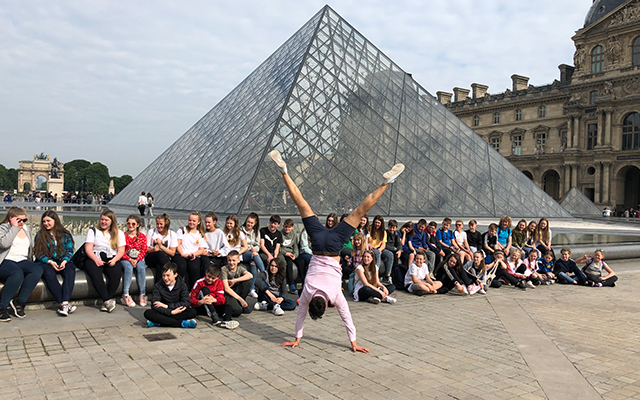
The iconic Pyramide de Louvre stands in the courtyard of the Louvre Palace and serves as the main entrance to the most famous art museum in the world.
A large structure made of glass and steel, the pyramid was designed by Chinese-American architect I. M. Pei and has stood over the main entrance to the museum since 1988.
The Louvre itself is free for under 18s, with accompanying staff needing to pay an entrance fee. But many groups choose to visit only the courtyard and its iconic pyramid, for a great photo opportunity and the chance to drink in the sumptuous architecture of the Louvre Palace, before heading to the Tuileries Gardens.
Tuileries Garden
The Tuileries Garden is another popular stop for our groups. This lovely public garden sits between the Louvre and the Place de la Concorde, right in the heart of Paris, and is traditionally a place for Parisians to meet and enjoy a stroll together.
The garden was created in the 16th century by Catherine de’ Medici as the garden for the Tuileries Palace which was burned down by the Paris Commune in the 19th century.
It became a public park after the French Revolution.
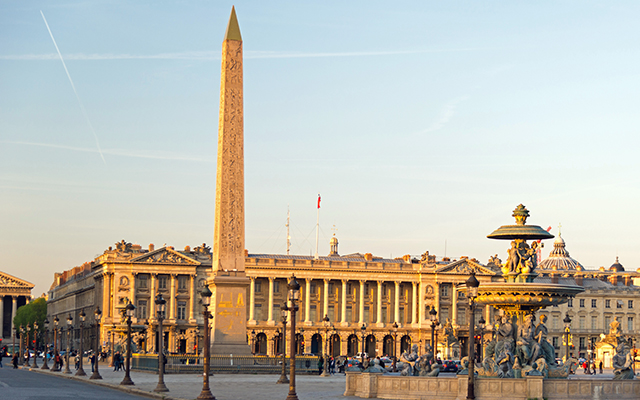
The Place de la Concorde is the largest public square in Paris and has enormous historical significance.
During the French Revolution, this was the site of the execution of a number of key figures, including Marie-Antoinette, King Louis XVI and Maximilien Robespierre.
At its centre now is a huge obelisk, gifted to the French by the Egyptian government in the 19th century. The obelisk is 3,000 years old and once stood at the entrance of the Luxor Temple, so is well worth a visit in itself!
Champs-Élysées
The Avenue des Champs-Élysées has been described as the most beautiful avenue in the world and runs from the Place de la Concorde in the east to the Place Charles de Gaulle (formerly the Place de l’Étoile) in the west.
You cannot visit Paris without taking a stroll along the Champs-Élysées which is, of course, completely free. Famous for its cafes, restaurants, theatres and luxury shops, the avenue is also famously the finish point of the Tour de France. It also hosts a grand military parade every year for Bastille Day.
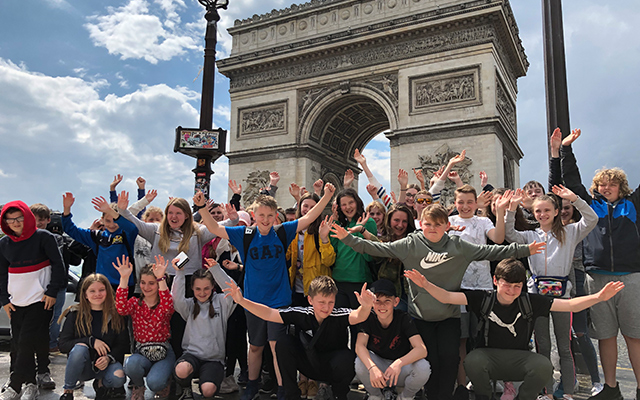
The Arc du Triomphe stands at the centre of the Place Charles de Gaulle (formerly the Place de l’Étoile) and is one of the most famous monuments in Paris. You can pay to go up it, but most of our groups prefer to visit the outside, which is free.
This triumphal arch has acted as the blueprint for many others around the world and was built to honour those who fought and died for France the French Revolutionary and Napoleonic Wars.
Underneath the arch lies the Tomb of the Unknown Soldier of WW1, representing those who were killed WW1 and WW2.
Passerelle Debilly
There are a couple of places in Paris that offer fantastic views of the Eiffel Tower and this footbridge is one of them.
The Passerelle Debilly connects the quai de New York to the quai Branly and, during the Cold War, it’s thought that this bridge was a common meeting place for East German spies!
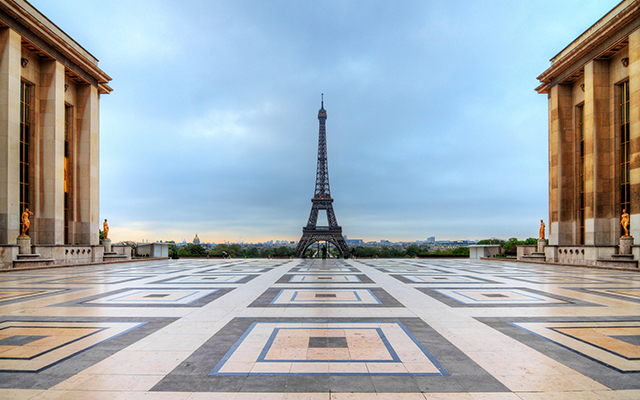
Another spot for an excellent view of the Eiffel Tower is Trocadéro. Built on the site of the former Palais Trocadéro for the Exposition Internationale of 1937, the Palais de Chaillot now sits on the hill here facing the Eiffel Tower.
Two wings flank the grand esplanade, which is a great spot for photo ops with the Eiffel Tower in the background. In fact, one of the iconic images from WW2 is of Hitler with the Eiffel Tower in the background after the Nazis captured Paris – that photo was taken here.
Later, in 1948, the Palais de Chaillot was the site where the UN General Assembly signed the Universal Declaration of Human Rights and the esplanade to this day is called Esplanade des droits de l’homme.
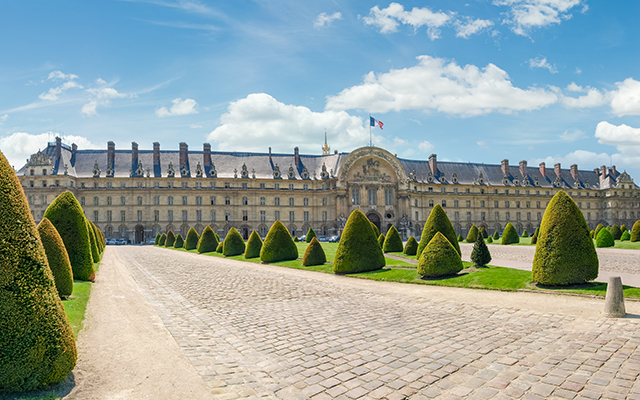
Another fabulous Parisian esplanade is the Esplanade des Invalides, which offers access to the grounds of Les Invalides. You do need to pay to enter Les Invalides itself, but unless your trip is focused on Napoleon or French military history, a visit to the grounds is usually sufficient.
Here, you’ll be able to appreciate the spectacular architecture of this complex, including the spectacular golden dome, under which lies Napoleon’s tomb.
The esplanade links up with the complex’s courtyard, the Cour d’Honneur, and along the esplanade you’ll find various embassies and the French Ministry of Foreign Affairs.
And at the far end of the esplanade, the ornate Pont Alexandre III will take you to both the Grand Palais and Petit Palais.
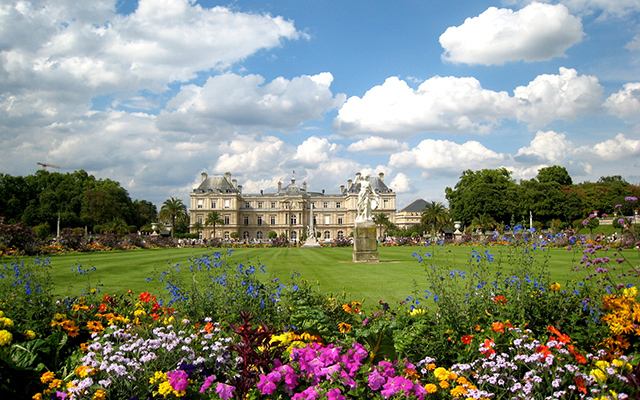
Created by Marie de’ Medici in 1612 when building her new residence, the Luxembourg Palace, after the death of her husband King Henry IV, the Jardin du Luxembourg is a beautiful, relaxing garden right in the heart of Paris.
The garden is now owned by the French Senate, who meet in the Luxembourg Palace. It features nearly 100 sculptures of French queens and other women of note, including Marie de’ Medici and Mary, Queen of Scots. There’s also a lovely orchard of apple and pear trees, a puppet theatre and regular music performances.
For those with in interest in French literature, it was in the Jardin du Luxembourg where Marius Pontmercy and Cosette first meet in Victor Hugo’s Les Misérables.
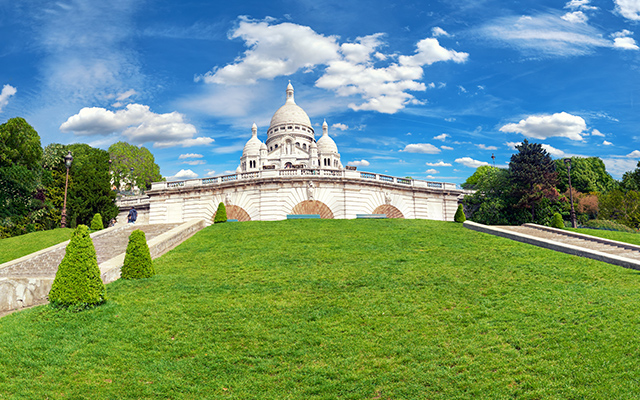
Another fantastic, free activity to enjoy on your school trip to Paris is a walk around the area of Montmartre. During the Belle Époque, in the late 19th and early 19th centuries, the area became increasingly known for its community of artists, who were drawn here by low rents and laidback, liberal atmosphere.
Many famous names once lived and worked here, including Pablo Picasso, Edgar Degas, Amedeo Modigliani and Henri de Toulouse-Lautrec. The area became known for its bohemian lifestyle and cabarets, including Le Chat Noir and the Lapin Agile, which you can still see today.
Montmartre’s crowning glory is the dazzling white Sacré Cœur Basilica, which sits at the summit of the butte. This beautiful Roman Catholic basilica is free to enter and it’s well worth doing so, but you’ll need to remember that all visitors are asked to dress modestly and observe silence as much as possible when they’re inside, as this is an important pilgrimage site and people come from all over the world to pray here.
Montmartre Cemetery
Montmartre Cemetery was one of the new cemeteries opened after the Cimitière des Innocents was closed in the late 18th century.
The cemetery is the final resting place of a number of famous artists who lived and worked in Montmartre, including composer Hector Berlioz, singers Dalida and France Gall, fashion designer Pierre Cardin and Impressionist artist Edgar Degas.
Père Lachaise Cemetery
Père Lachaise is the largest cemetery in Paris and is a popular tourist attraction due to the fact that this is the resting place for many famous names, including Jim Morrison of The Doors, Edith Piaf and Oscar Wilde, among others.
The cemetery itself has become a bit of a cultural icon, having been featured in many films and TV programmes.
Can’t decide which to visit?
You could actually visit all of these on a self-guided walking tour of the city. We’d recommend visiting in the order we’ve listed them here!
What about museums?
Lots of the most famous museums in Paris offer free entrance for children under the age of 18. Although accompanying adults would need to pay for their entrance, not having to pay for the students would make these visits significantly less expensive than others that charge fees for all visitors.
Examples of museums in Paris that offer free entrance for under 18s include the Louvre, the Musée de l’Orangerie, the Picasso Museum, the Musée d’Orsay, the Musée Curie and Versailles. Some of these museums require a reservation to qualify for free entry so, consult with your itinerary coordinator if you’re planning to visit.
Thinking about a school trip to Paris?
Please don’t hesitate to contact us for further information or to request a tailor-made quote.